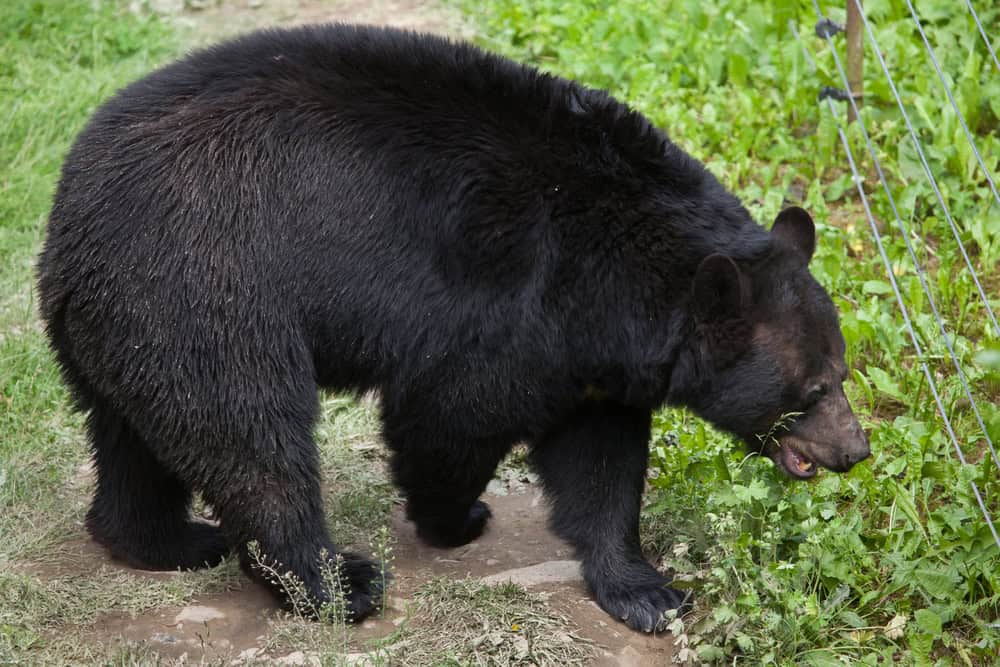Venturing into the wild can be an exhilarating experience, especially when there’s a chance of encountering magnificent creatures like bears. If you’re an adventurer or a wildlife enthusiast, knowing where to spot these magnificent creatures in their natural habitat can enhance your outdoor experiences. In this article, we will guide you through the states where you’re most likely to see a wild bear, offering insight into these extraordinary animals and the environments they call home.
The Rich Bear Habitat of Alaska

Alaska stands out as the quintessential bear state in the United States. With vast wilderness areas and a relatively low human population density, Alaska provides an ideal home for three bear species: Grizzly bears, Black bears, and Polar bears. The state’s numerous national parks and reserves, such as Denali National Park and Katmai National Park, offer incredible opportunities to see these bears in their natural habitat, especially during salmon spawning seasons when bears converge along rivers to fish.
Exploring the Bear Territories of Montana

Montana is synonymous with wilderness, where rugged landscapes and national parks, including the renowned Glacier National Park and Yellowstone National Park, form prime habitats for Grizzly and Black bears. The state’s diverse ecosystems, from grassy plains to forested mountains, support healthy bear populations. Visitors often witness these majestic creatures while hiking or camping along well-trodden bear paths.
The Abundant Bears of Wyoming

Wyoming, sharing the iconic Yellowstone National Park with Montana, is another haven for bears. Here, Grizzly and Black bears roam across the park’s expansive terrain and also venture into adjacent wilderness areas. The state’s commitment to natural preservation has ensured that bears thrive, providing plenty of viewing opportunities for those venturing into the wild.
Washington’s Bear Filled Cascades

Washington State’s breathtaking Cascade Range is more than just a treat for the eyes; it’s home to a significant number of Black bears and a smaller population of Grizzly bears. The state’s lush forests and mountainous terrain offer the perfect environment for these creatures, making encounters prevalent among trekkers navigating its trails.
Bear Sightings in the Wilds of Idaho
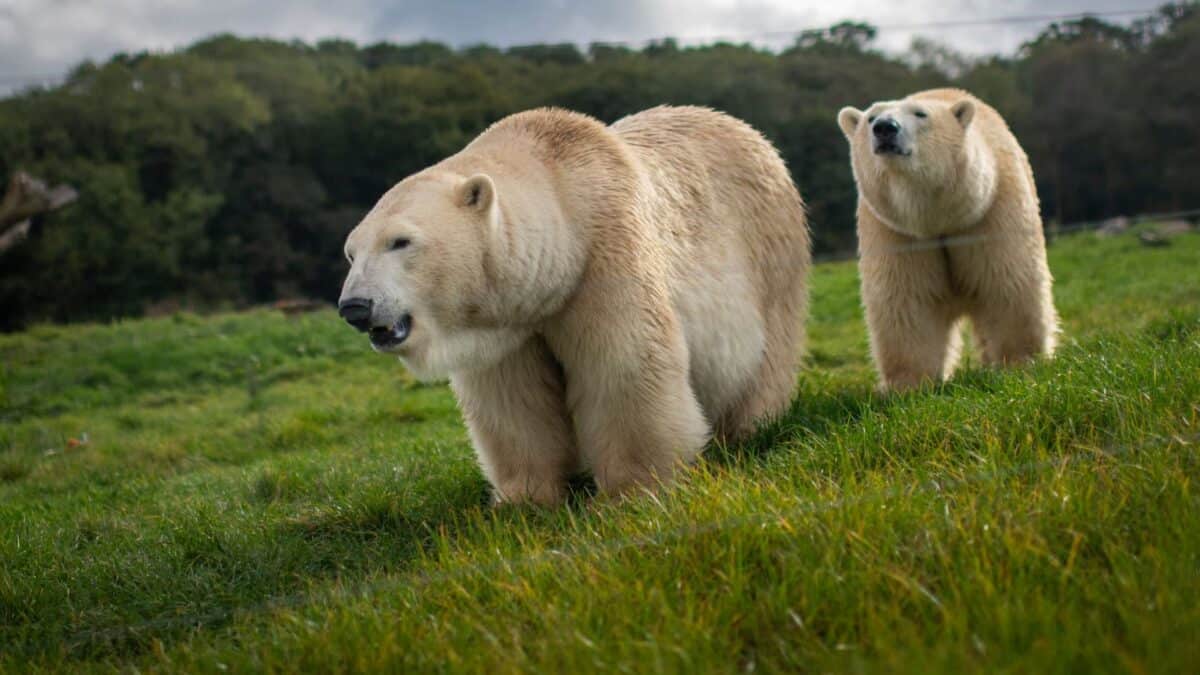
Idaho, with its wild and rugged landscapes, supports healthy populations of Grizzly and Black bears. The remote Selkirk and Bitterroot mountains provide secluded habitats that maintain Idaho’s status as a prime location for bear sightings. Outdoor enthusiasts have the best chances of a bear encounter during the summer and early autumn months.
The Thriving Bears of California

While Grizzly bears are extinct in California, the state still boasts a large population of Black bears. The diverse ecosystems of the Sierra Nevada Mountains and the forests of northern California offer plentiful opportunities for spotting these agile creatures. Yosemite National Park and other protected areas serve as major hotspots for bear sightings.
Exploring the Bear Ecosystem in Colorado

In Colorado, the iconic Rocky Mountains provide a stunning backdrop to Black bear habitats. The bears here are often seen roving the vast woodlands and alpine tundra. With an increasing awareness of bear habitats and conservation measures, visitors can witness the awe-inspiring sight of Black bears foraging or ambling through the wilderness.
The Bear-Studded Forests of North Carolina

Black bears in North Carolina are most commonly found in the Great Smoky Mountains National Park, which straddles the border with Tennessee. This area hosts one of the densest bear populations in the eastern United States. The lush forests and rich food sources ensure that visitors have a good chance of seeing these bears in their natural surroundings.
The Enchanting Bear Country of Tennessee

A partner to North Carolina in sheltering the Great Smoky Mountains, Tennessee is another excellent place to view Black bears. Historic bear corridors and an abundance of natural resources allow these animals to thrive. Visitors exploring the park’s winding trails might just catch bears journeying through the woods or along streams.
Exploring the Bear Habitats of Minnesota
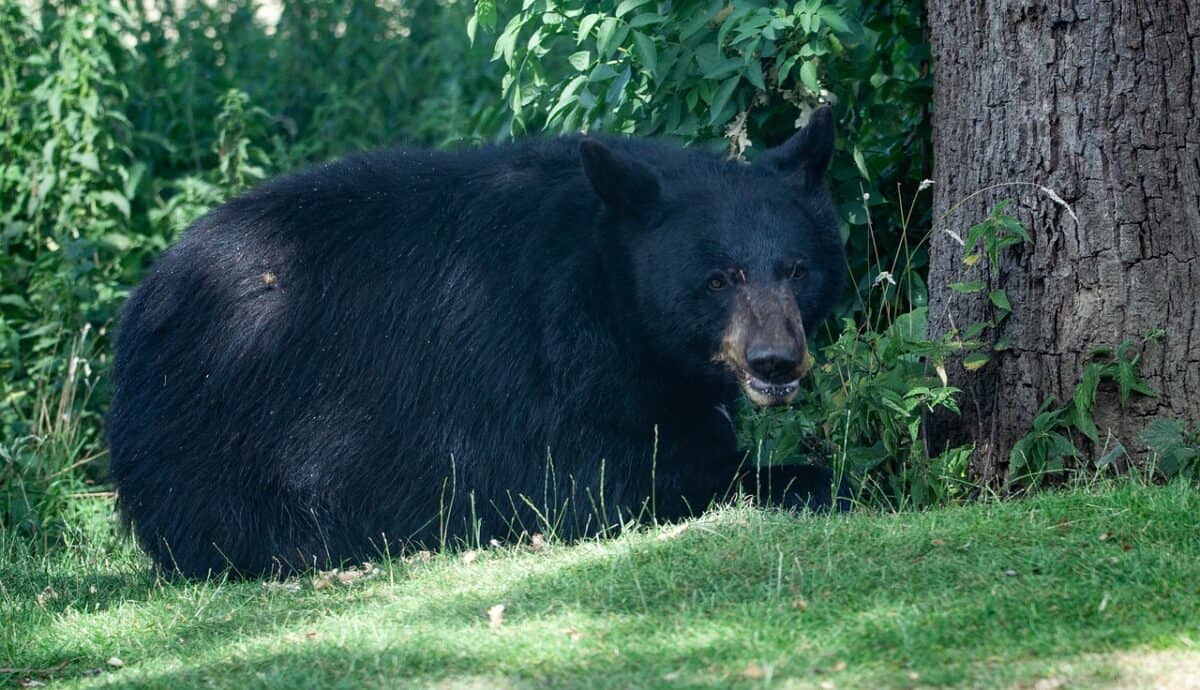
Minnesota is home to a significant population of Black bears, predominantly inhabiting the northern parts of the state. The dense forests and numerous lakes provide ample food and cover for these bears, which can sometimes be spotted foraging in clearings or along forest edges. State parks like Voyageurs National Park are prime locations for potential bear encounters.
The Diverse Wildlife of Pennsylvania
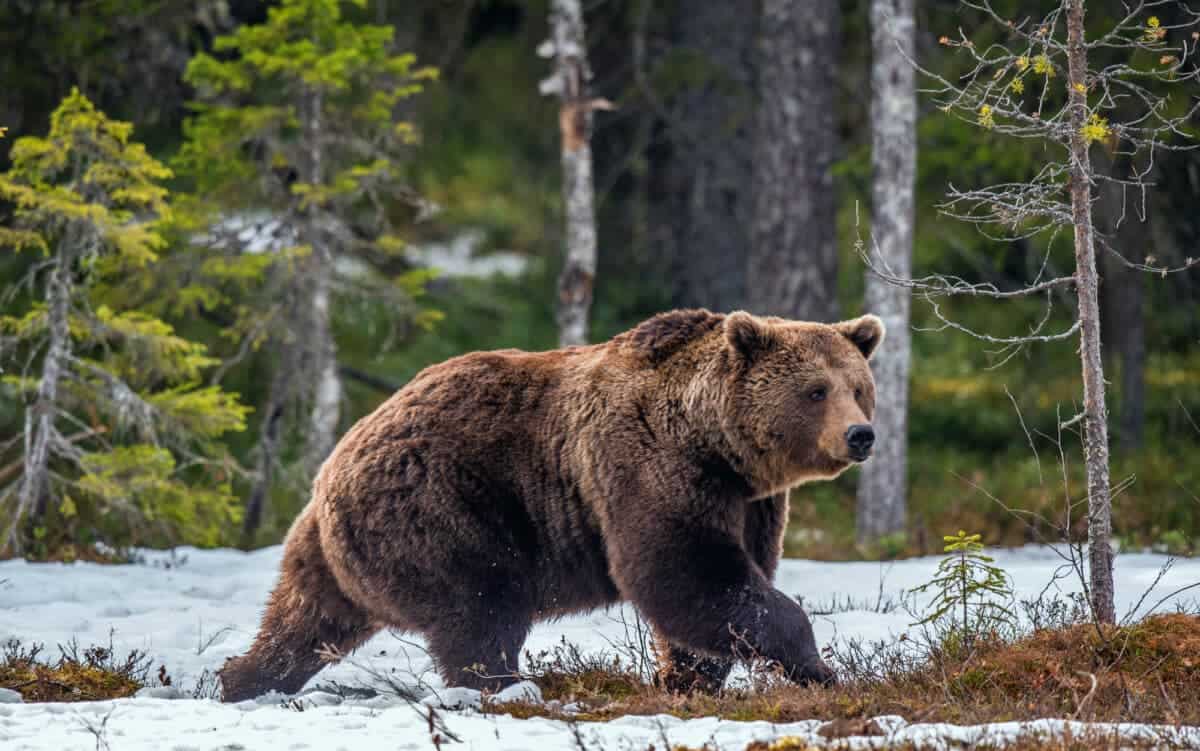
Known for its scenic beauty and rich wildlife, Pennsylvania supports a healthy population of Black bears. The state’s vast forests and mountainous terrain, particularly in the Pocono Mountains, provide a perfect setting for these creatures. With bear sightings increasingly reported, visitors are encouraged to venture into these scenic areas for a chance to observe these animals.
South Carolina’s Hidden Bear Spots

Though not as widely known for bear populations as some other states, South Carolina’s mountainous regions do host Black bears. The northern parts of the state, near the Blue Ridge Mountains, are particularly known for occasional bear sightings as bears roam the dense forests for food and shelter.
Conclusion:
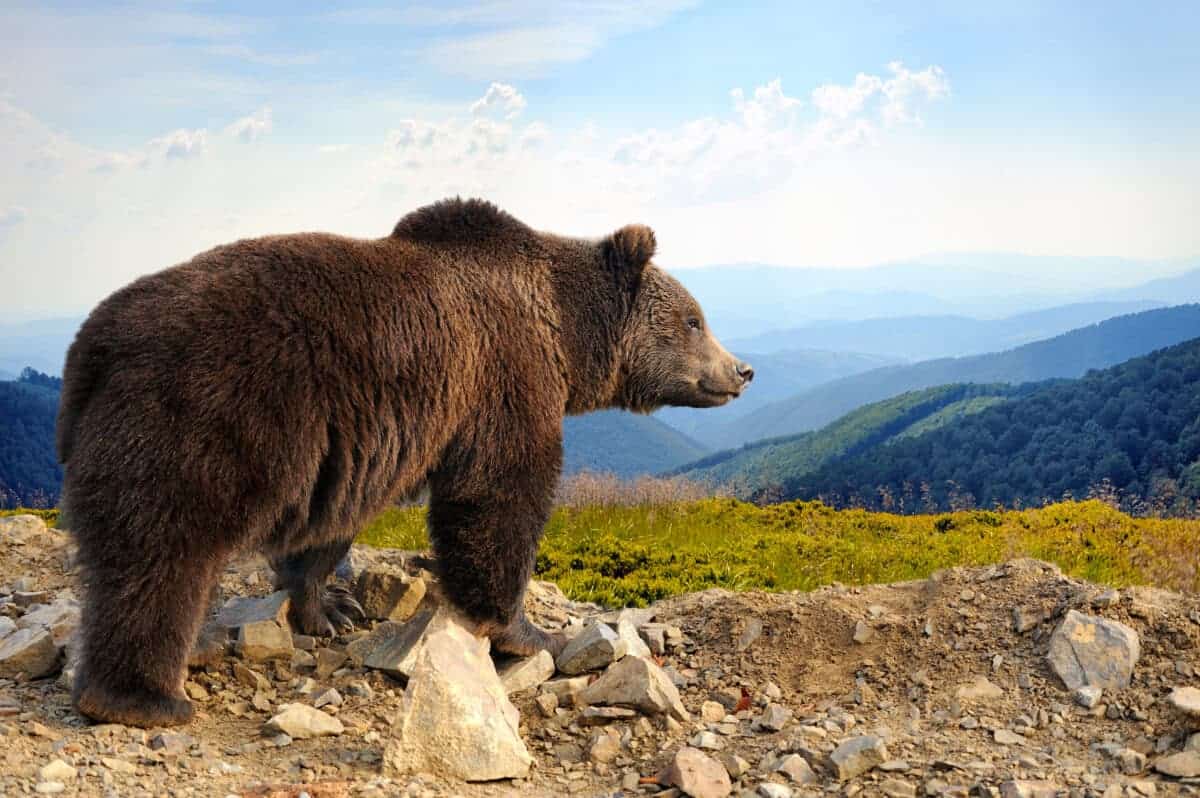
Encountering a wild bear in its natural habitat is a remarkable experience that offers a glimpse into the untamed beauty of nature. Whether it’s the expansive wilderness of Alaska or the lush forests of the Great Smoky Mountains, these states provide prime opportunities for witnessing these majestic creatures. As visitors seek out bear encounters, it’s important to appreciate the delicate balance between human recreation and wildlife conservation, ensuring these stunning animals continue to thrive for generations to come.
- The Most Common Misconceptions About Snake Encounters - August 15, 2025
- 13+ Laugh-Out-Loud Pet Jokes Every Grandparent Should Have Ready - August 15, 2025
- 13 Creatures That Can Sleep for Months - August 15, 2025

